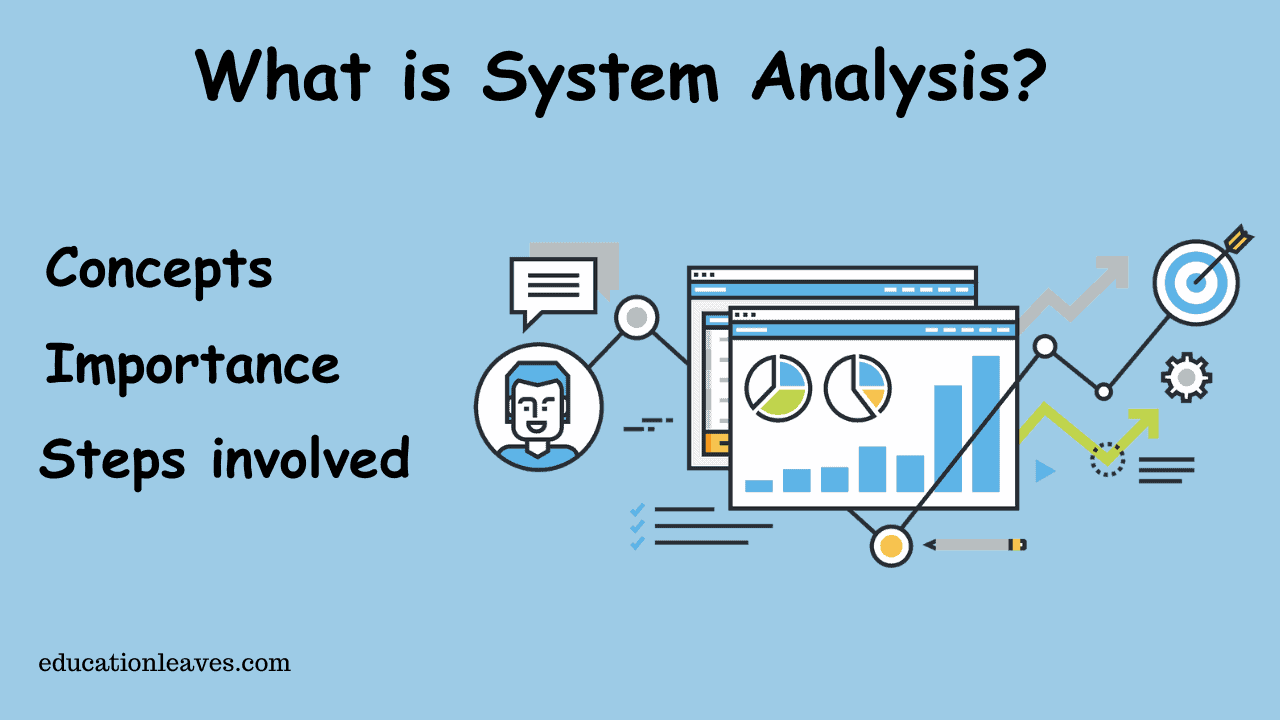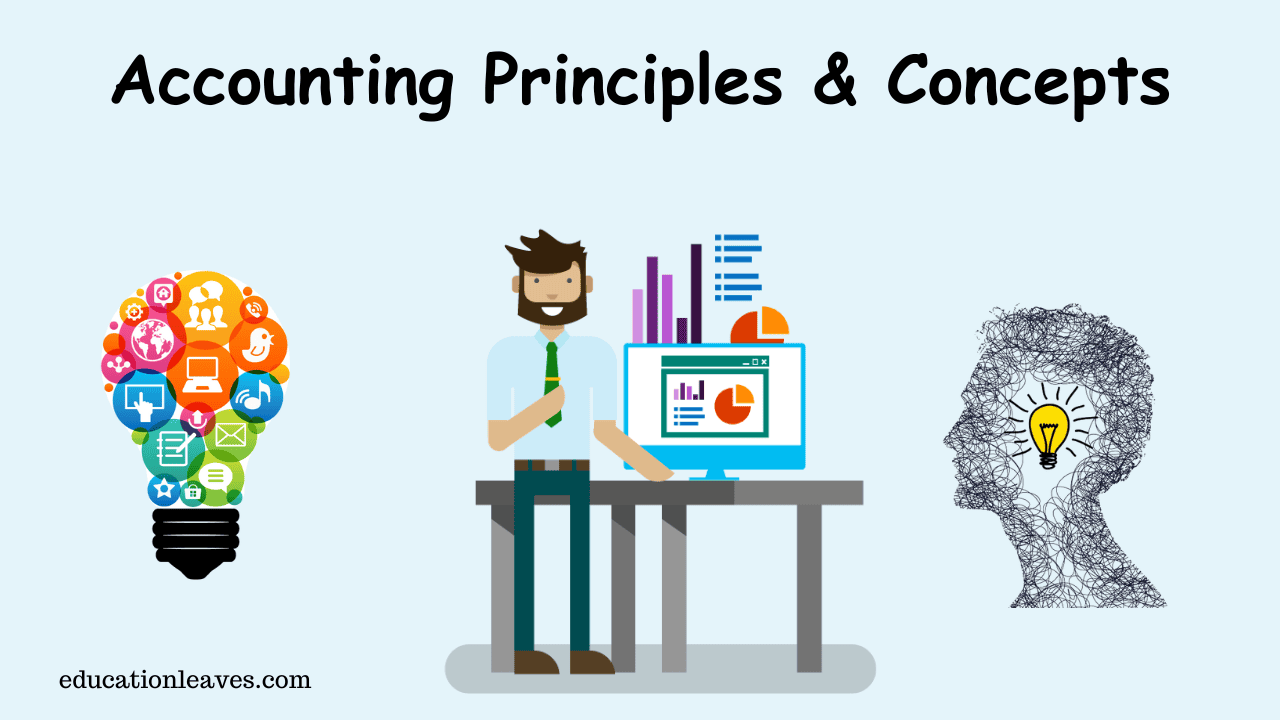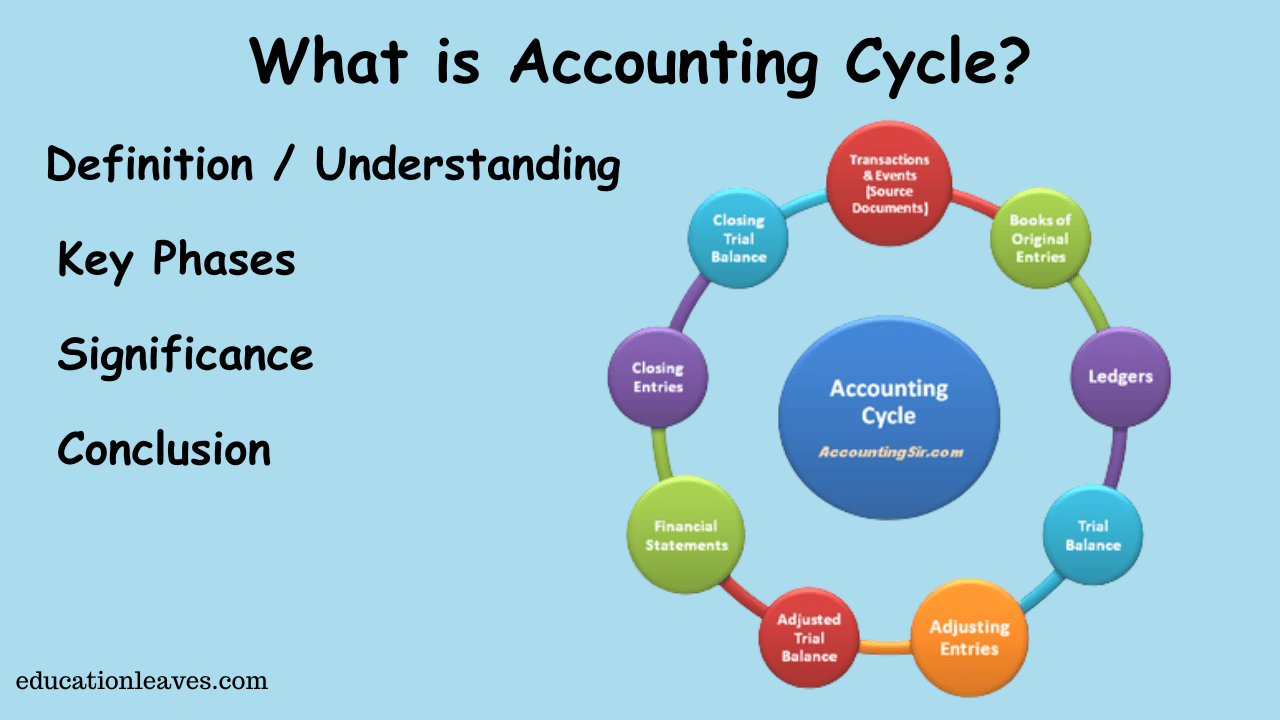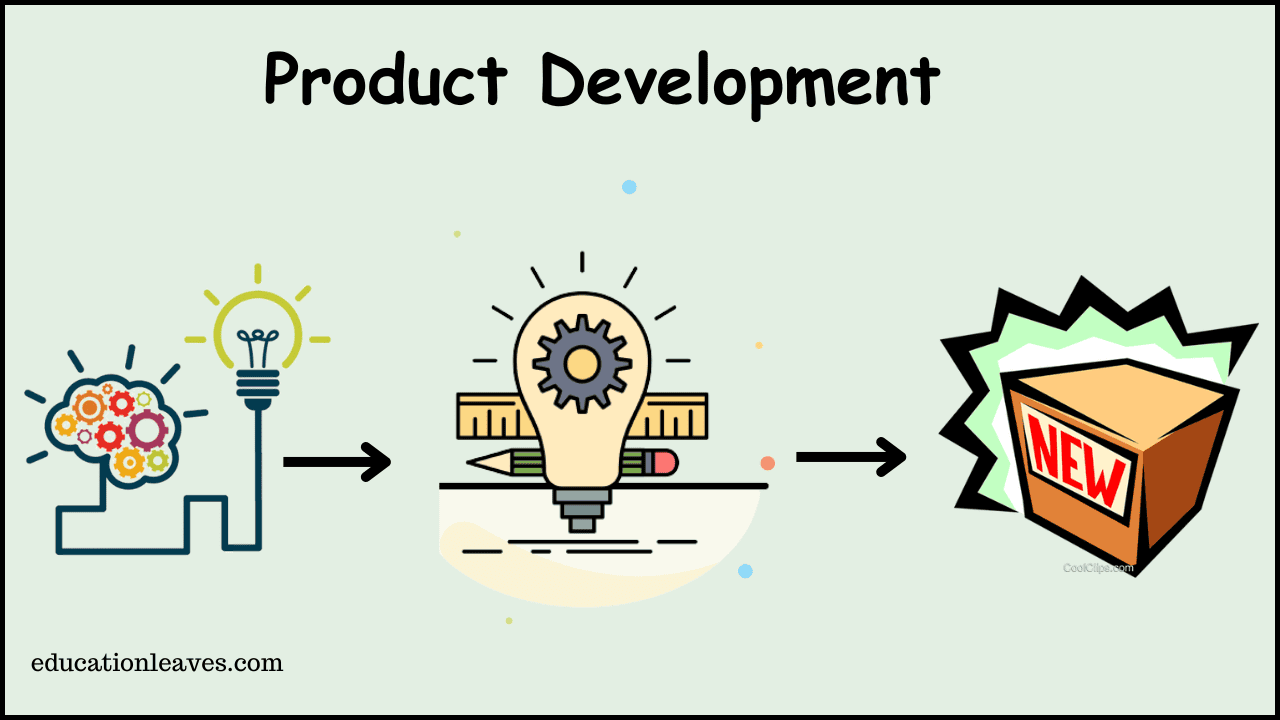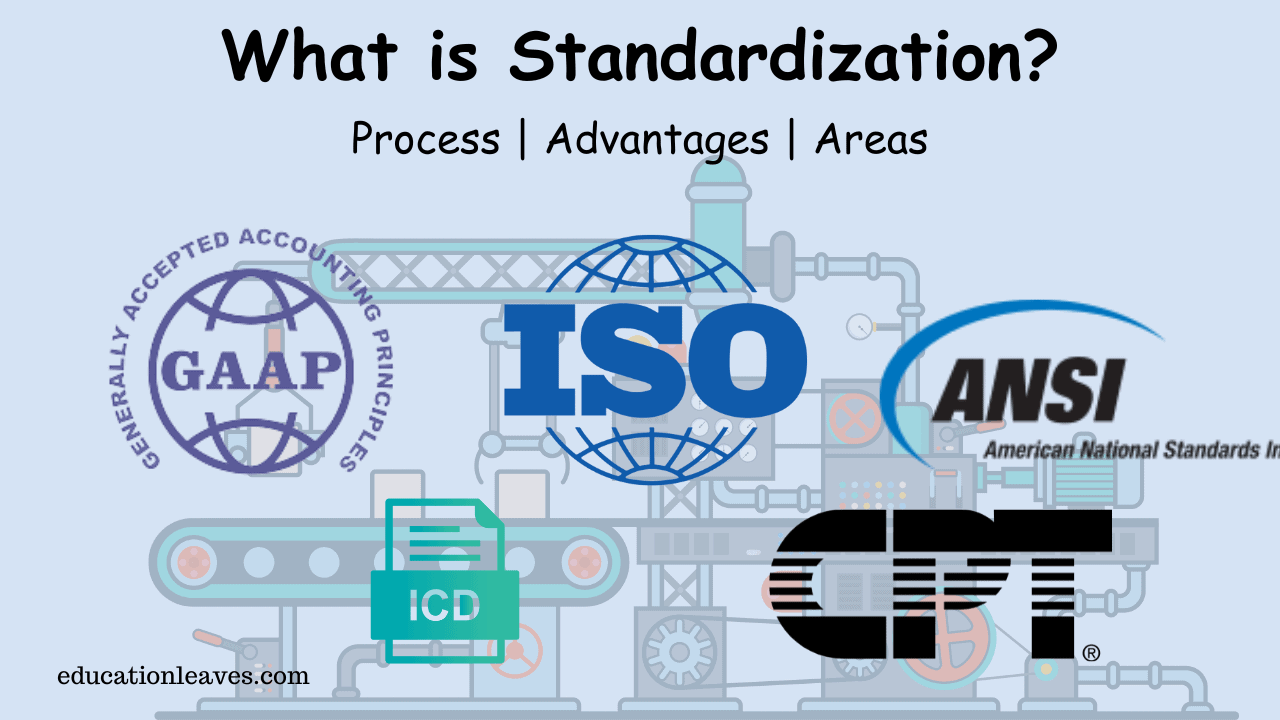What is Value Analysis? |Process, Example, Benefits, Applications
Value analysis, also known as Value Engineering, is a systematic and structured approach that organizations use to improve the value of their products, services, or processes. This powerful tool enables businesses to identify and eliminate inefficiencies, reduce costs, enhance quality, and drive innovation.



